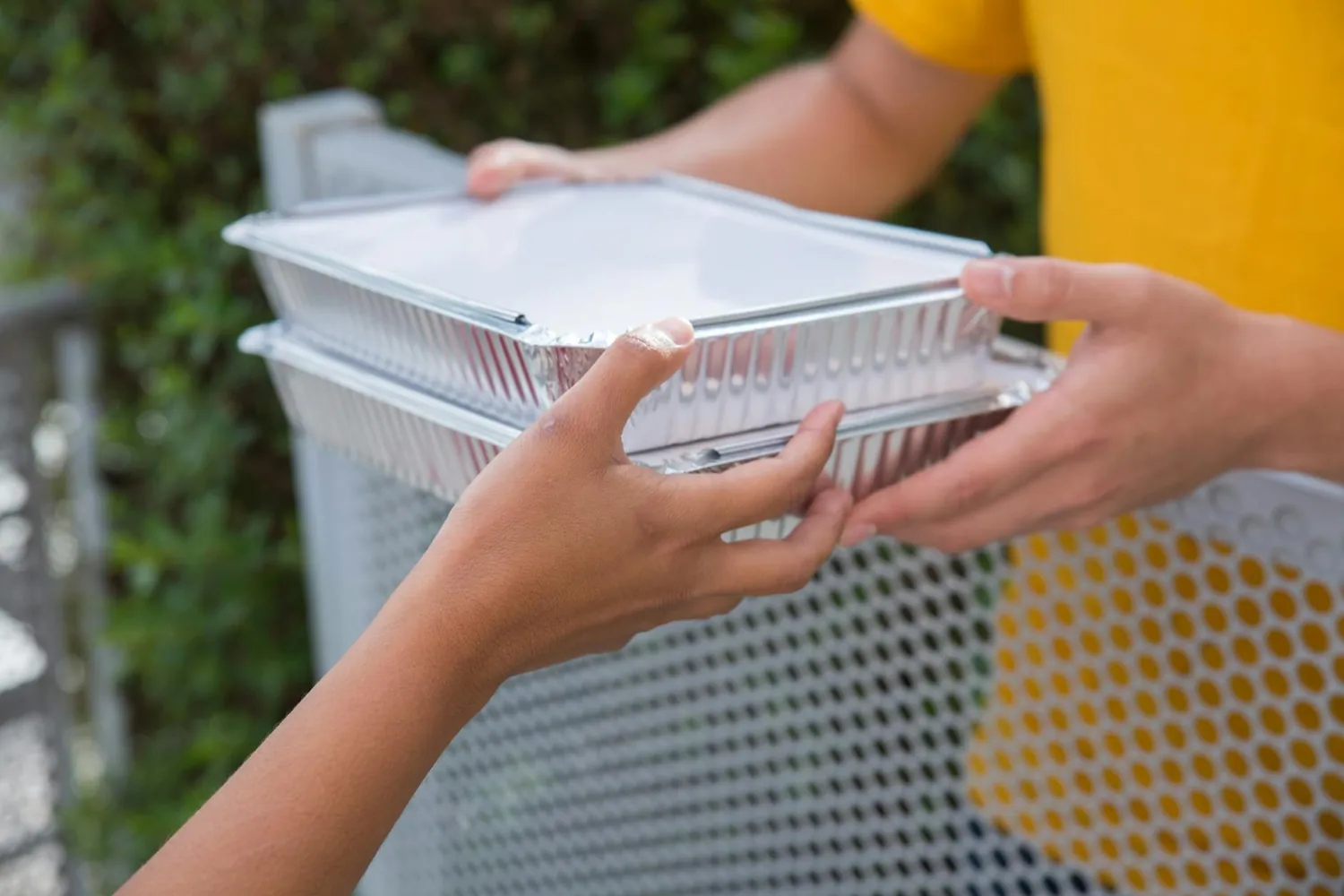Empowering Locals: Establishing a Neighborhood Food Exchange Initiative

Understanding the Need for a Neighborhood Food Exchange
In today's world, where sustainability is at the forefront of community goals, the idea of a neighborhood food exchange is both timely and crucial. The core concept revolves around reducing food waste by allowing community members to trade excess produce or food items, thereby fostering a sense of community and self-reliance. According to the Environmental Protection Agency, food waste accounts for approximately 24% of municipal solid waste. Initiatives like food exchanges not only minimize this waste but also promote a sustainable lifestyle.
Setting the Foundation: Initial Planning Steps
1. Gauge Community Interest
The first step in establishing a food exchange is understanding whether your community is interested and willing to participate. Organize a meeting or send out surveys to gauge interest. For instance, an initial survey conducted in Portland revealed that over 70% of residents were eager to participate in a local food swap if one was available.
2. Assemble a Dedicated Team
A successful initiative requires dedicated individuals. Form a team of volunteers who are passionate about sustainability. Their roles may include organizing events, managing communications, or handling logistics. This team will serve as the backbone of your initiative, ensuring that everything runs smoothly.
Designing the Framework of Your Exchange Program
1. Define the Goals and Objectives
Clearly outline what you hope to achieve with your food exchange. Is it purely about reducing waste, or do you also aim to strengthen community ties and educate locals about sustainable practices? Having clear objectives will guide your strategy and help measure success.
2. Establish Guidelines and Rules
For any exchange program to work effectively, clear guidelines are essential. Consider questions such as:
- What types of food can be exchanged?
- How will quality and safety be ensured?
- Will there be any membership requirements or fees?
For example, in Boulder, Colorado, their local exchange requires participants to follow specific safety standards, such as providing details about growing conditions for homegrown produce.
3. Choose an Appropriate Location
Your exchange needs a suitable location that is accessible to all members of the community. Consider places like community centers, local parks, or unused plots within neighborhoods. A good case study is the "Fruit and Veg Swap" held monthly at Victoria Park in Brisbane, Australia, which utilizes a central park space, encouraging foot traffic and participation.
Promoting and Launching Your Initiative
1. Create Awareness Through Marketing
Utilize social media platforms, local newspapers, and community boards to spread the word about your new initiative. Creating a vibrant online presence will help reach younger demographics while flyers and posters can capture the attention of less tech-savvy members.
2. Host a Launch Event
A launch event serves as an excellent opportunity to introduce the initiative and its benefits. Offer small workshops on sustainability topics like composting or urban gardening to attract attendees. During the launch of the "Green Exchange" in Austin, Texas, organizers included cooking demonstrations using local produce to draw crowds and create excitement.
Nurturing Growth and Ensuring Sustainability
1. Regular Monitoring and Feedback
Once your program is underway, regular monitoring is crucial. Collect feedback from participants to understand what's working and what needs improvement. Consider bi-annual meetings to discuss progress and brainstorm new ideas.
2. Develop Partnerships
Form partnerships with local businesses, farms, or even schools to broaden your reach and resources. Collaborations can provide additional benefits such as sponsorships or donations of goods.
For example, a partnership with local organic farmers can provide surplus produce for swaps, ensuring diversity in what's available without solely relying on member contributions.
3. Encourage Educational Opportunities
Beyond food swapping, incorporate educational components such as workshops or talks from experts on topics like sustainable farming practices or nutritional education. This not only empowers participants but also enriches the community's knowledge base.
The Impact: Success Stories and Lessons Learned
Looking at successful models can provide inspiration and practical insights into what works well. The "Crofton Park Food Exchange" in London offers an inspiring model where they have integrated a reward system that recognizes frequent contributors with gardening supplies or vouchers from local businesses.
One critical lesson learned from such initiatives is the importance of inclusivity; ensuring that everyone feels welcome regardless of their socioeconomic status encourages wider participation and enriches community bonds.
Sustaining Momentum: Keeping the Community Engaged
1. Celebrate Milestones
Acknowledge achievements publicly through newsletters or social media shoutouts. Celebrating milestones such as reducing community-wide food waste by a significant percentage can boost morale and motivation among participants.
2. Innovate Continuously
Keep your initiative fresh by introducing new elements periodically, such as themed swaps (e.g., "Herb Month") or collaborative challenges where neighborhoods compete to reduce their food waste most effectively.
The key is continuous engagement; keeping participants involved through regular communication and updated content ensures long-term success and sustainability.